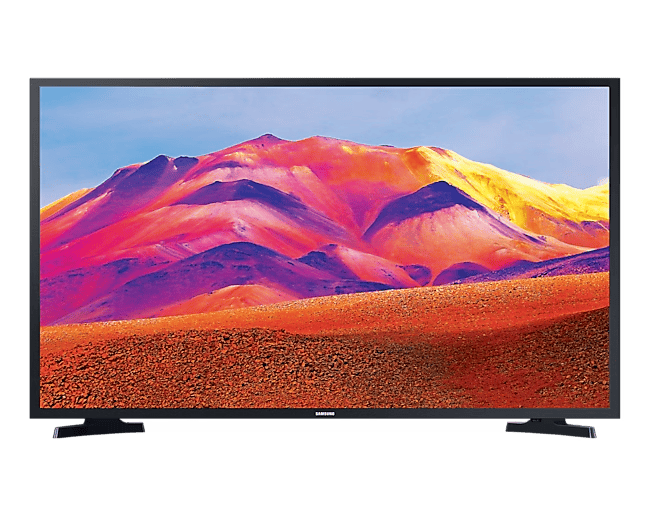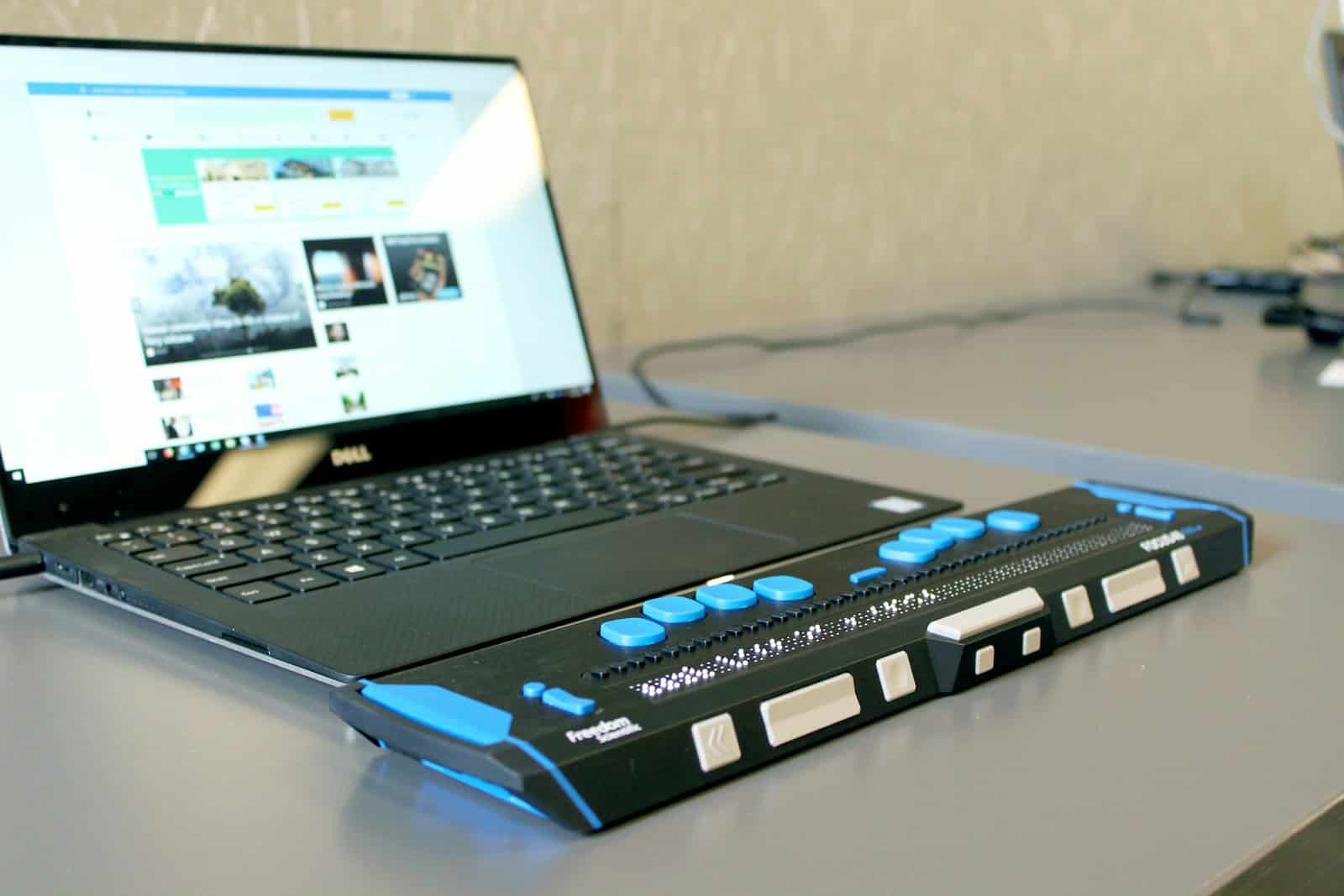Computer hardware innovations in 2025 promise to reshape the technological landscape. Artificial intelligence, quantum computing, and advanced semiconductor technologies are driving rapid progress. These advancements will likely boost processing power, energy efficiency, and overall system performance to unprecedented levels.
The race for chip supremacy continues as major players like Intel, TSMC, and Samsung push the boundaries of manufacturing processes. Smaller transistors, 3D chip stacking, and new materials are set to unlock faster speeds and lower power consumption. AI-specific hardware accelerators are also gaining traction, with companies like Cerebras Systems developing specialized chips for complex neural networks.
Quantum computing is slowly moving from theory to practice. While still in its early stages, this technology holds immense potential for solving complex problems that are beyond the reach of classical computers. As research progresses, we may see the first practical quantum computers emerge by 2025, opening up new possibilities in fields like cryptography and drug discovery.
Hardware Advancements on the Horizon
CPUs: More Than Just Speed Bumps
It’s not just about faster clock speeds anymore. In 2025, expect to see a shift towards more efficient and specialized processors. Keep an eye out for the rise of RISC-V, an open-source architecture that could challenge the dominance of Intel and AMD. This means more competition, which is always good news for consumers. We could see more innovative CPU designs and potentially lower prices. Also, expect further development of CPUs and GPUs working together seamlessly with unified memory architectures. This could significantly boost performance in demanding tasks like AI processing and gaming. Imagine smoother gameplay and faster rendering times!
Memory: Faster and More Efficient
Get ready for memory to get a serious upgrade. 3D stacked memory technologies like HBM (High Bandwidth Memory) will become even more prevalent, offering increased capacity and bandwidth. This means faster data access and improved performance across the board. Think quicker loading times for applications and games, and smoother multitasking.
Storage: PCIe 5.0 SSDs Take Center Stage
PCIe 5.0 SSDs are already incredibly fast, but in 2025, they will become even more mainstream and affordable. Get ready for blazing-fast data transfer speeds, making your system feel incredibly responsive. Whether you’re a gamer, a content creator, or just need a snappy system, PCIe 5.0 SSDs will be a game-changer.

Displays: Mini-LED and Micro-LED Shine Bright
Say goodbye to dull displays! Mini-LED and Micro-LED backlighting will become more common in laptops and monitors, offering stunning visuals with improved contrast, brightness, and energy efficiency. Colors will be more vibrant, blacks will be deeper, and you’ll enjoy a more immersive viewing experience.
Beyond the Obvious: Emerging Trends
While CPUs, GPUs, and storage are essential, some exciting developments are happening behind the scenes. Quantum computing, though still in its early stages, could see significant advancements, potentially leading to breakthroughs in medicine and materials science. Neuromorphic computing, which mimics the human brain, could revolutionize AI. And with growing concerns about the environment, expect to see more sustainable hardware designs using recycled materials and consuming less energy.
The GPU Showdown: Nvidia vs. AMD
You’re right, the Nvidia 50 series and AMD Radeon RX 8000 series GPUs are generating a lot of buzz! Both promise significant performance gains, ray tracing enhancements, and AI-powered features. Here’s a quick comparison to help you understand what to expect:
| Feature | Nvidia 50 series | AMD Radeon RX 8000 series |
|---|---|---|
| Architecture | Ada Lovelace (likely evolution) | RDNA 4 |
| Manufacturing Process | Potentially 3nm | Likely 3nm |
| Performance | Significant increase expected | Major performance boost anticipated |
| Ray Tracing | Improved RT Cores | Enhanced ray tracing capabilities |
| AI Features | DLSS 3 and further AI advancements | FSR 3 and AI upscaling improvements |
| Power Consumption | Potential for increased power efficiency | Focus on performance per watt |
Ultimately, the best choice will depend on your specific needs and budget. If you’re a serious gamer or content creator, both series will offer top-of-the-line performance. However, pay attention to benchmarks and reviews once they are released to make an informed decision.
Connectivity: The Rise of CXL
Keep an eye on CXL (Compute Express Link), a new interconnect technology that could revolutionize how different components in your computer communicate. CXL allows for faster and more efficient data transfer between CPUs, GPUs, memory, and other devices. This could lead to more flexible and powerful systems, especially in data centers and high-performance computing. Imagine a future where upgrading your system is as simple as plugging in a new CXL-enabled device!
10 Technology Breakthroughs Redefining Computing
The world of computer hardware is constantly evolving, and 2025 promises to be an exciting year filled with innovation. From faster processors and memory to groundbreaking display technologies and emerging trends like quantum computing, the future of technology is bright. Stay informed, and you’ll be well-equipped to make the most of these advancements.
| Rank | Breakthrough | Description |
|---|---|---|
| 1 | Neuromorphic Computing Chips: | Mimicking the structure and function of the human brain, these chips offer significant advancements in tasks like pattern recognition and machine learning, with potential applications in fields like autonomous vehicles and facial recognition. |
| 2 | Gallium Nitride (GaN) Transistors: | Replacing traditional silicon transistors, GaN transistors offer higher efficiency and faster switching speeds, enabling the development of smaller, more powerful devices like next-generation power electronics and high-frequency communication systems. |
| 3 | 3D-Printed Electronics: | This technology allows for the additive manufacturing of electronic circuits, enabling customization, reduced waste, and the creation of complex 3D structures not possible with traditional methods. |
| 4 | Perovskite Solar Cells: | These next-generation solar cells offer the potential for increased efficiency and lower production costs compared to traditional silicon solar cells, paving the way for wider adoption of renewable energy. |
| 5 | Spintronics: | Utilizing the spin of electrons in addition to their charge, spintronics offers the potential for faster processing speeds and lower power consumption in future computing devices. |
| 6 | Quantum Computing: | While still in its early stages, advancements in quantum computing hardware are bringing us closer to harnessing the power of quantum mechanics to solve problems intractable for traditional computers, potentially revolutionizing fields like drug discovery and materials science. |
| 7 | Chiplets and Heterogeneous Integration: | This approach involves combining different types of chips (e.g., CPU, GPU, memory) in a single package, enabling increased performance and improved efficiency by optimizing communication and functionality. |
| 8 | Biocompatible Electronics: | Advancements in this field are leading to the development of implantable medical devices and brain-computer interfaces that can seamlessly interact with the human body for medical monitoring and neural control applications. |
| 9 | In-Memory Computing: | Moving computation closer to memory, this technology aims to reduce data movement and increase processing speed by performing calculations within memory units themselves. |
| 10 | Next-Generation Memory Technologies: | From 3D NAND flash offering higher storage density to emerging technologies like resistive RAM (RRAM) promising faster read/write speeds and lower power consumption, advancements in memory technologies are pushing the boundaries of data storage capabilities. |
Key Takeaways
- AI-specific hardware and quantum computing are driving major innovations
- Advanced manufacturing processes are enabling faster and more efficient chips
- New materials and 3D chip designs are reshaping computer architecture
Advancements in Semiconductor Technologies
Semiconductor innovations are set to revolutionize computing in 2025. Major players like Intel, AMD, and NVIDIA are pushing boundaries with new architectures and AI integration. Manufacturing processes are evolving rapidly, promising faster and more efficient chips.
Intel’s Roadmap: Meteor Lake to Lunar Lake
Intel aims to reclaim its leadership with ambitious plans. Meteor Lake chips will use a new tiled architecture. This design allows for better performance and power efficiency. Arrow Lake is set to follow, further refining the technology.
Lunar Lake represents Intel’s vision for ultra-low power chips. It targets mobile devices and promises significant battery life improvements. Intel’s new naming scheme reflects these advancements. Intel 4 and Intel 20A nodes will use advanced manufacturing techniques.
PowerVIA and RibbonFET are key innovations. They’ll boost chip performance and reduce power consumption. Pat Gelsinger, Intel’s CEO, is driving this aggressive roadmap to compete with TSMC.
AMD and NVIDIA: Leveraging AI for Graphics and Beyond
AMD and NVIDIA are focusing on AI integration in their chips. Both companies are enhancing their GPUs to handle complex AI workloads. This shift aims to meet growing demand for AI processing power.
NVIDIA’s latest GPUs excel at training large AI models. They’re designed to speed up machine learning tasks. AMD is catching up with its own AI-focused hardware. Their chips aim to balance gaming performance with AI capabilities.
Both firms are exploring ways to use AI in chip design. This could lead to more efficient and powerful semiconductors. Their innovations are crucial for advancing fields like autonomous driving and scientific research.
Innovations in Manufacturing Processes and Packaging
New manufacturing processes are changing chip production. Extreme ultraviolet (EUV) lithography allows for smaller, more precise chip features. This technology is key to creating denser, more powerful semiconductors.
Advanced packaging techniques are gaining importance. 3D stacking lets manufacturers combine different chip components vertically. This results in better performance and smaller device sizes.
TSMC is leading in advanced manufacturing nodes. Their 3nm process is set to enter mass production. Other firms are racing to match this technology. These advancements will enable more powerful and efficient devices across various industries.







